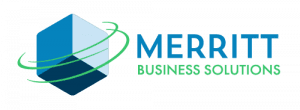The world of HR technology has made considerable strides in the last several years. Processes that used to be tedious and manual are now easier than ever, thanks to tech automation. Despite this progress, like all tech products, HR tech tools have drawbacks and challenges. Let’s take a look at six of the most common challenges and what you can do to overcome them.
1. Remote Work Support
Companies have been heading towards remote work models over the past few years, and the COVID-19 pandemic put even more weight behind this shift. Remote work or “work from home” policies have become the norm, and that isn’t likely to change any time soon. According to data from Gallup, about two-thirds of U.S. workers who work remotely want to continue doing so.
Because of this shift, companies have begun to rely on cloud-based solutions and mobile apps to support team collaboration and communication. Additionally, businesses need to optimize their IT support for employees working remotely if any technical issues arise.
2. Lack of Technical Training
While employees may be technically literate, most don’t have the skills or training of an IT professional. Without IT support, this can present challenges for both in-person and remote teams.
The best way to navigate this challenge is by implementing a CRM or software that comes with support, including on-demand webinars, a community of users, and a help desk. By utilizing this, managers will have more time to focus on their work and spend less training employees.
3. Multiple Vendors, Integrations and, Upgrades to Manage
The more tools you employ for your HR management, the more you’ll have to deal with software updates, billing challenges, upgrades, add-ons, maintenance, and more. On top of this, companies have to manage integrations and upgrades. Integrating legacy systems into new technology and upgrading older systems can be a lengthy and costly process. It can also present obstacles that impact your day-to-day operations.
Creating a robust IT management plan that removes or minimizes the risk factors associated with integrations and upgrades is a must for companies. The most effective method to manage multiple vendors is to have a single platform that houses all your HR data, which likely means dealing with a single billing customer service team.
4. Insecure Data Storage or Transfer
Information security is a vital issue for any business. Protecting sensitive intellectual property (IP) data, financial documents, and customer information from theft or exposure not only protects your data, but it protects your company as a whole. According to data from IBM, the average cost of a data breach in the U.S. is $8.64 million—making the U.S. the most expensive country for data breaches.
To present an even greater challenge, IoT (internet of things) devices have become a mainstay for consumers and businesses. However, they are often forgotten in IT infrastructure planning, creating potential gaps in their cybersecurity. For example, if there’s an unsecured IoT device, like a smart speaker, connected to the company’s secure Wi-Fi network, a malicious actor might be able to use that device to compromise the network.
A data leak is not an option when you’re dealing with employee information, salaries, and other personal details. Make sure you understand how your tech tools are storing data, and don’t attempt to transfer the data outside their native software without understanding whether that compromises the security or not.
It’s highly recommended that business owners invest in cyber security insurance. Merritt Business Solutions provides a way for small and mid-size businesses to identify vulnerabilities in their website and internet-facing networks where cybercriminals often attack. Learn more about cyber liability insurance with MBS here.
5. Compliance Issues
Compliance is critical when it comes to human resources. Businesses are required to comply with any number of federal, state, and local laws around employment practices, and it’s the job of an HR department to monitor these regulations and ensure compliance.
Some HR management systems will support your compliance efforts. They may have a dedicated specialist available for consultations or build compliance information right into the tools themselves. If you opt for software without compliance functionalities, be aware of the limitations this introduces to your business. Learn how you can stay on top of ever-changing regulations here.
6. Lack of Scalability
There are tons of great HR tools on the market, but unfortunately, many are designed for businesses of a specific size. You might have great success with a tool that’s built for 50 employees, but what happens when your team grows to 100?
As you choose HR tech tools for your business, make sure you understand how your use will change as you improve your headcount. If having more employees means more manual processes kick in, it may be a sign to change the software.
Conclusion
As you can see, choosing the right HR software isn’t a decision you should take lightly. Merritt Business Solutions’ industry-specialized team of HR consultants can help you tackle all of your HR responsibilities while navigating the complex arena of compliance and regulation for businesses. Learn about how Merritt Business Solutions can help here.









